| Photo | Name [1] | Number [1] | Opened [4] | Notes |
|---|
 | Dry Barn / Cow Barn | 82 | 1884 | |
 | Horse Barn / Stable | 83 | 1902 | |
 | Blackburn Laboratory | 88 | 1931 | |
 | R Building | 89 | 1902 | |
 | W. W. Eldridge Building | 90 | 1931 | part of Maple Quadrangle |
| Glenside | 91 | 1923 | part of Maple Quadrangle |
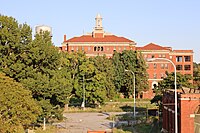 | Charles H. Nichols Building | 92 | 1936 | part of Maple Quadrangle |
 | William A. White Building | 93 | 1934 | part of Maple Quadrangle |
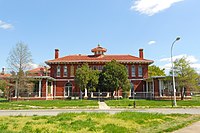 | N Building | 94 | 1902 | |
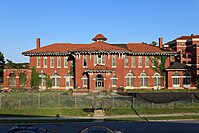 | I Building | 95 | 1902 | |
 | P Building | 100 | 1902 | |
 | Tuberculosis Building / Behavioral Studies Building | 102 | 1933 | |
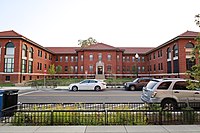 | CT Building 3 (Godding) | 106 | 1938 | part of Continued Treatment Complex |
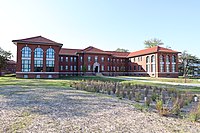 | CT Building 4 (Noyes) | 107 | 1939 | part of Continued Treatment Complex |
 | CT Building 5 (Godding) | 108 | 1940 | part of Continued Treatment Complex |
 | CT Kitchen & Cafeteria Building | 109 | 1933 | part of Continued Treatment Complex |
 | CT Building 6 (Godding) | 110 | 1940 | part of Continued Treatment Complex |
 | CT Building 1 (Richardson) | 111 | 1933 | part of Continued Treatment Complex |
 | CT Building 2 (Richardson) | 112 | 1933 | part of Continued Treatment Complex |
 | CT Building 8 (Noyes) | 115 | 1943 | part of Continued Treatment Complex |
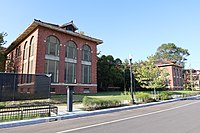 | CT Building 7 (Noyes) | 116 | 1943 | part of Continued Treatment Complex |
| Barton Hall | 117 | 1946 | demolished |
| Haydon Building | 119 | 1952 | demolished |
| Dorothea Dix Pavilion | 120 | 1959 | demolished |
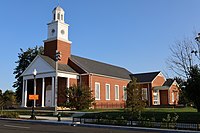 | Chapel | 121 | 1955 | |
| John Howard Pavilion | 122 | 1960s | demolished |
| Rehabilitation Medicine Building | 124 | 1963 | demolished |
| New hospital building | | 2010 [5] | |
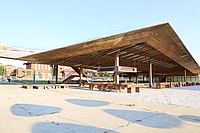 | Gateway DC Pavilion [6] | | 2013 [5] | |
 | CareFirst Arena | | 2018 [7] | |




































